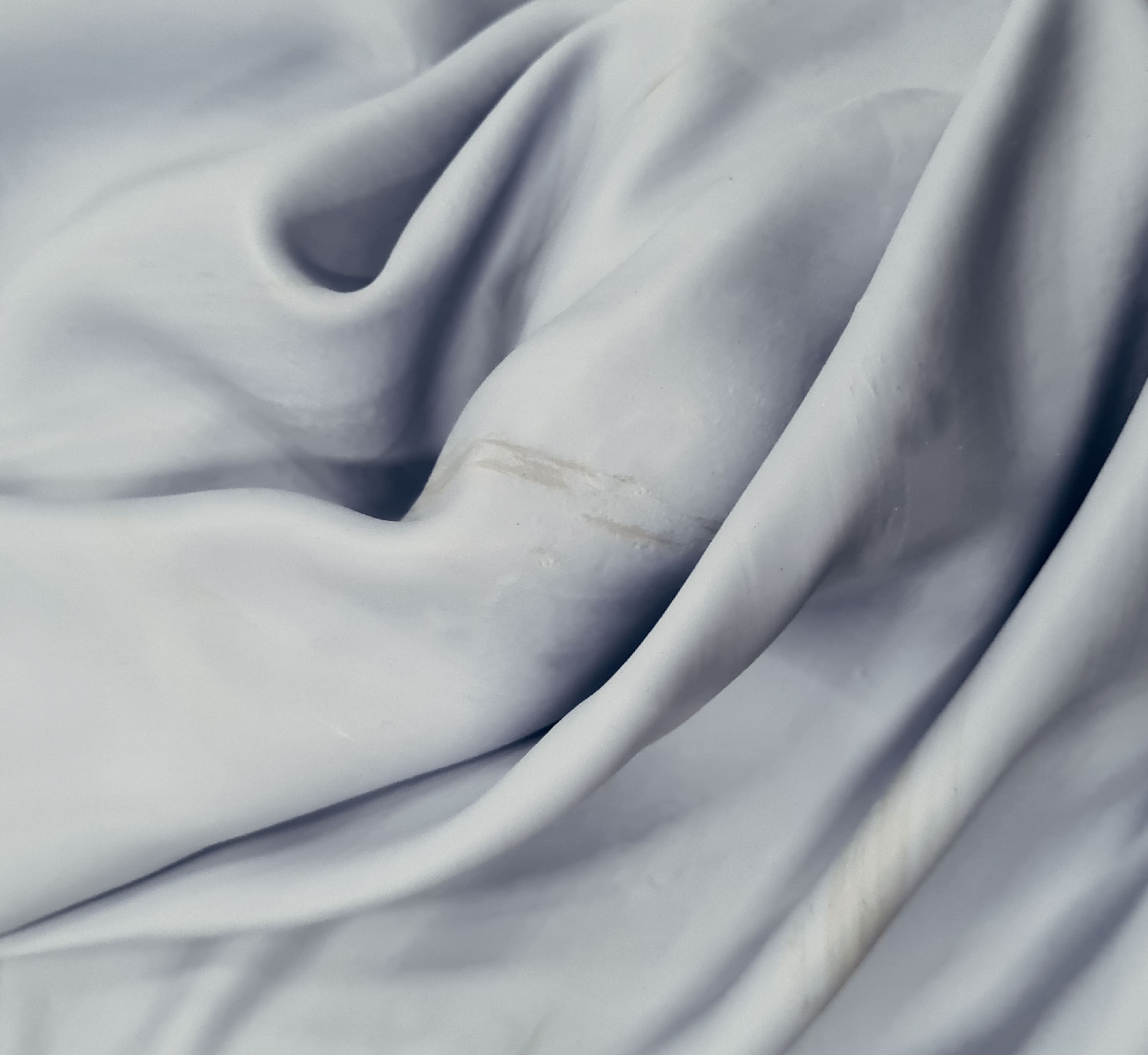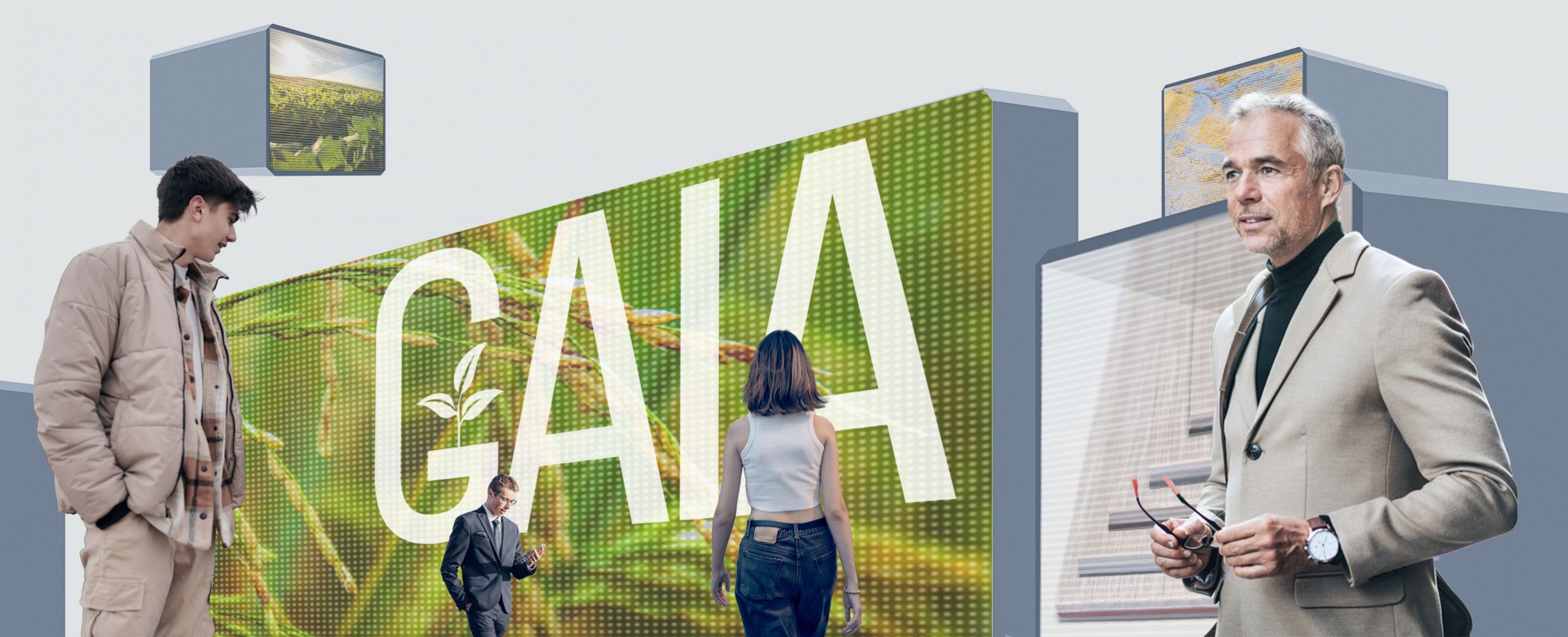
Home » Sustainability
Sustainability is the heart of our corporate vision
We measured our Carbon Footprintⓘ in accordance with the principles of ISO 14064 and we invested in implementing measures to improve our efficiency and reduce GHGⓘ (greenhouse gas emissions)within the Energy Management System ISO 50001.
The electricity we use in our production plants comes from 100% renewable sources, as certified by EECS. Actually, we self-produce more then 20% of our energy need thanks to our own re-vamped Solar roof.
GROUP CSR 2023

Our way to sustainability
Growth starts from people
Our sustainability strategy is deeply rooted in our corporate identity. The goals we have set ourselves in the sustainability path undertaken represent a lever maximising value creation and making a tangible contribution to the Reduction of environmental impact.
Our approach is based on values and principles that drive our business. Here at Artigo, we promote the growth of the people who work with us; we promote activities to improve everyone’s life; an inclusive and proactive culture that brings welfare inside and outside the company.
Growing as a company means helping our people, their skills to grow, without underestimating the uniqueness of every single person. The constant attention we devote to people, training and involvement, empathy and kindness, is a priority with long-term effects; our employees are better motivated, and this sparks an increase in productivity, and in attracting and keeping talent within the company; consequently, our position on the market is positively affected by this.
We are committed to building mutually trustworthy relationships that last over time.

Artigo, a virtuous guide for your contemporary architecture projects
Being a reliable partner in the rubber flooring sector is a great achievement, something we are proud of, unfolding through the quality of our floors, and also through the passion that characterizes us, and our corporate responsibility, obtained through team work that generates tangible value.
Authentic sustainability: a definitive path
Sustainability exists only if change is widespread, if it becomes a stepping stone from which to start anew, for today’s and future generations. We’ve always strived to improve the environmental, energy and social performance in every aspect of our business; working with high-level consultants, who share our values and principles, is an effective action plan for our evolution. The sustainability strategy we’ve implemented allows us to talk about authentic sustainability, which generates opportunities for development and growth.
Extended Glossary
Carbon footprint
A calculated value or index that makes it possible to compare the total amount of greenhouse gases that an activity, product, company or country adds to the atmosphere. Carbon footprints are usually reported in tonnes of emissions (CO2-equivalent) per unit of comparison. A product’s carbon footprint includes the emissions for the entire life cycle.
ESG
Environmental, social, and governance is a set of aspects, including environmental issues, social issues and corporate governance that can be considered in investing. Investing with ESG considerations is sometimes referred to as responsible investing or, in more proactive cases, impact investing.
GHG
Greenhouse gases are gases in the atmosphere that raise the surface temperature of planets such as the Earth. What distinguishes them from other gases is that they absorb the wavelengths of radiation that a planet emits, resulting in the greenhouse effect. The Earth is warmed by sunlight, causing its surface to radiate heat, which is then mostly absorbed by greenhouse gases.
CONTACT US!
"*" indicates required fields



